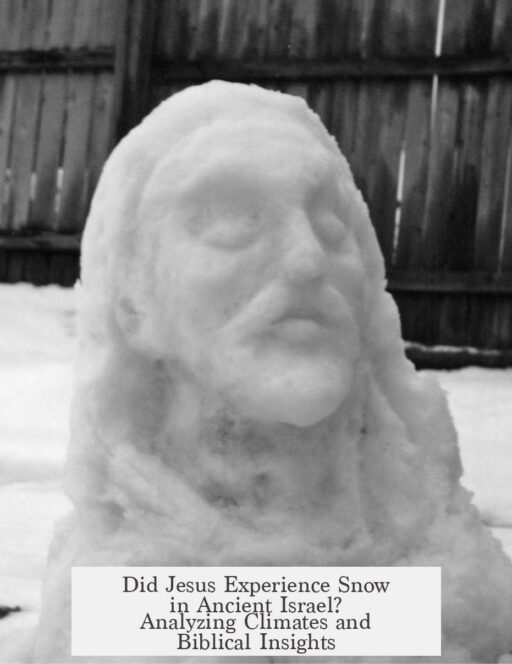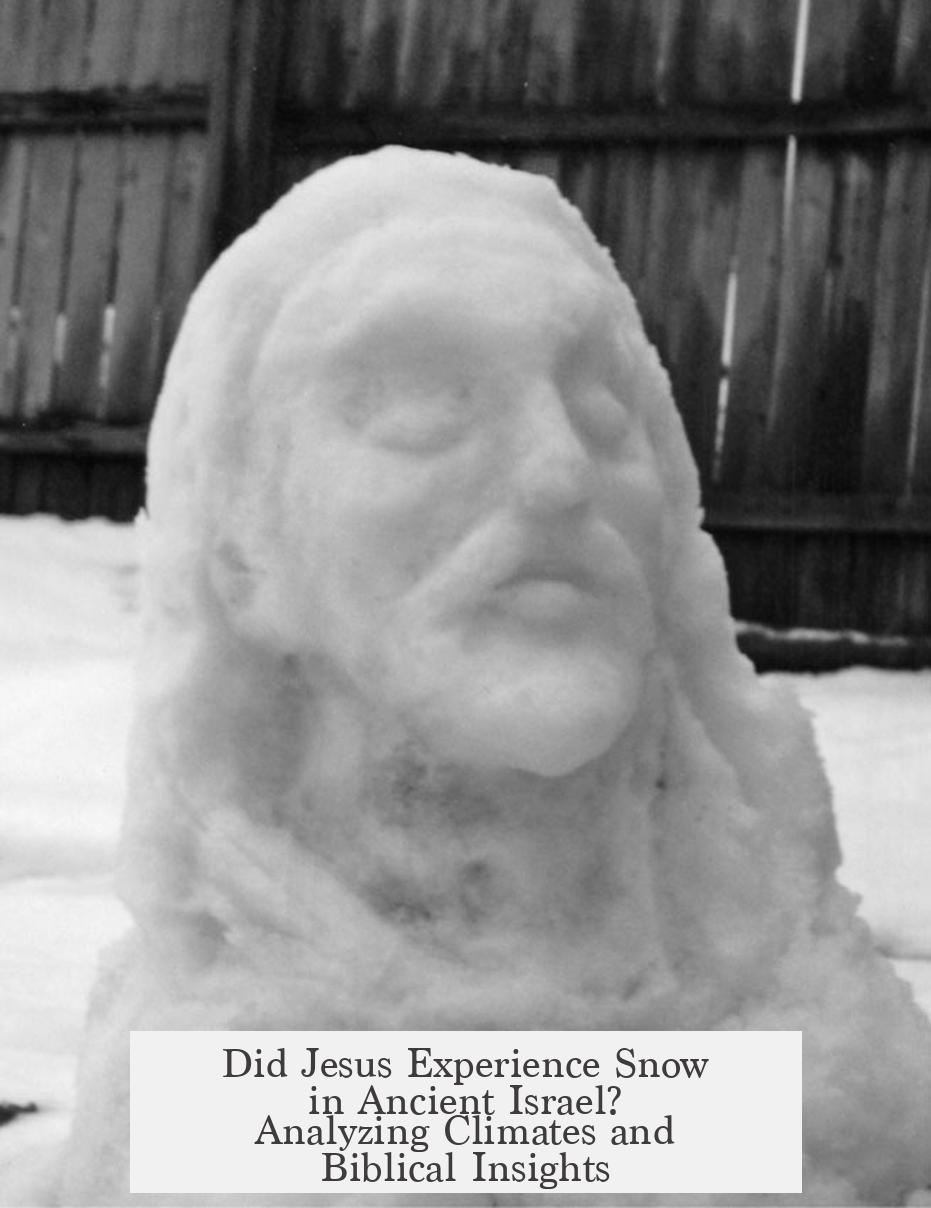Jesus likely saw snow during his lifetime, especially considering the climate and geography of the regions in which he lived and traveled. Historical climate data and biblical references suggest snowfall was more common in ancient Israel than it is today. While there is no explicit mention of Jesus witnessing snow in the Gospels, the environmental conditions make it probable that he encountered snow, at least occasionally.
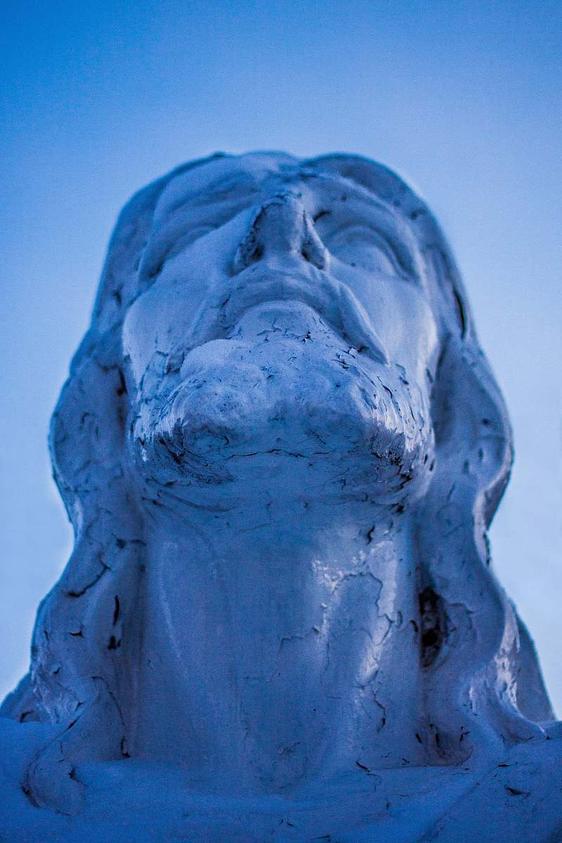
Modern Israel does experience snow, but the distribution varies by elevation. Coastal plains rarely see snow, and the Dead Sea region has never recorded it. By contrast, the central hill country, where Jerusalem and Nazareth are located, receives light snowfall sporadically, while Mount Hermon has enough snow for a ski resort, although recent warming affects its reliability.
Jerusalem, associated closely with Jesus’ activities, sees measurable snowfall a couple of times per decade today. However, climate during the Hasmonean Kingdom, around the time of Jesus (near 1 AD), was cooler than present-day Israel. This meant snow was likely more frequent, with Jerusalem probably receiving light snow annually and significant snowfall every few years. The Galilean hills near Nazareth, Jesus’ childhood region, aligned with this pattern, making snowfall a recurring seasonal event.
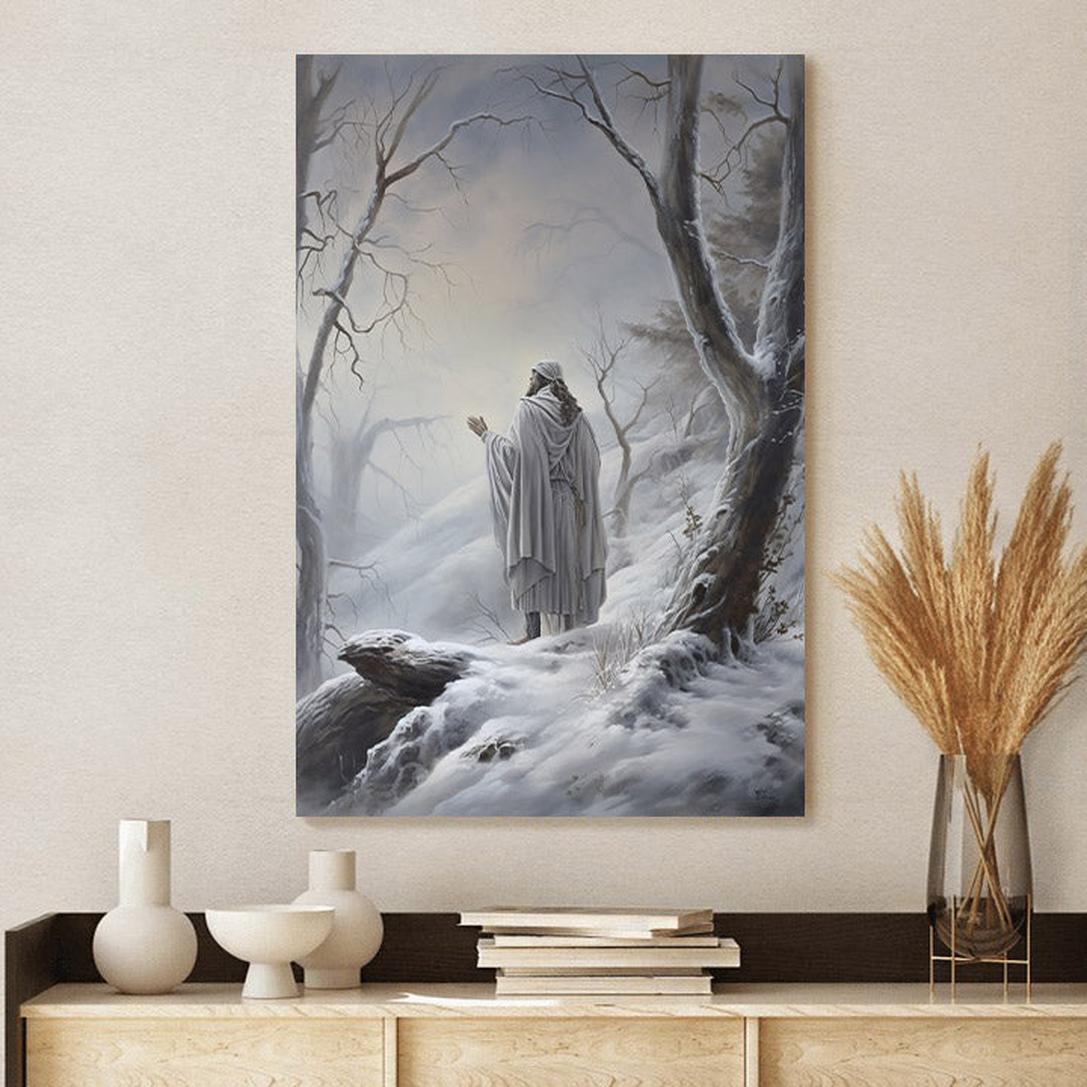
Although the Gospels do not document weather details like snow, the Hebrew Bible (Tanakh) contains 24 references to snow. These references range from literal descriptions, such as Benaiah’s actions “in a time of snow,” to metaphorical uses signifying purity or whiteness. In the New Testament, snow appears only metaphorically, describing whiteness of clothing or hair, without narrative instances of snowfall. This absence suggests snow did not hold narrative importance but does not negate its presence in Jesus’ environment.
Jesus traveled to Caesarea Philippi before the Transfiguration, according to Matthew 16:13. This city, now Banias, sits near Mount Hermon, Israel’s snowiest peak. While Caesarea Philippi itself rarely sees snow, the mountain remains snow-capped through the winter, making it quite likely Jesus saw snow-capped heights from a distance. The visibility of Mount Hermon from the region adds weight to the possibility that Jesus observed snow even if he never directly experienced snowfall.
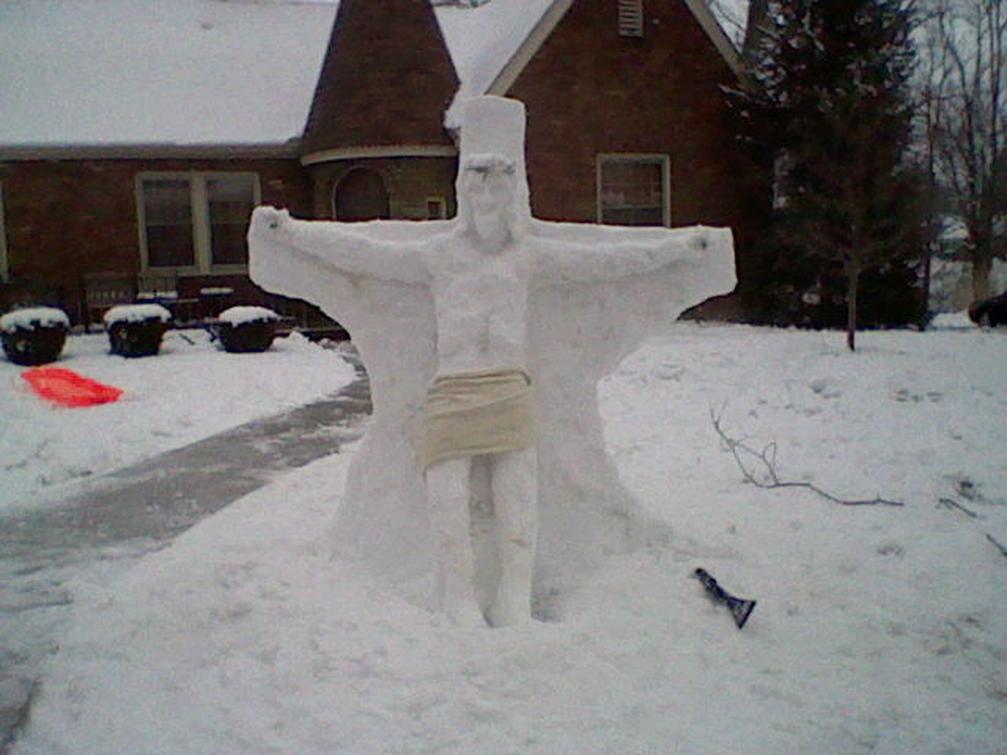
Even if Jesus never directly saw snow, he would have been familiar with it through Jewish scripture and teachings. For instance, Exodus 4:6 compares whiteness to snow to illustrate purity and transformation—a passage a Jewish teacher like Jesus would deeply understand. Snow functioned symbolically and literally in the religious tradition and local culture. Thus, Jesus’ knowledge of snow was almost certainly grounded in scripture and cultural awareness.
The question of whether Jesus actually witnessed snowfall directly cannot be conclusively answered. The climate conditions during his lifetime made snow more common, especially in the hill country. Given this, occasional snowfall in Jerusalem and Nazareth was probable, though not guaranteed every year. Carried by geographical and historical context, it is reasonable to suggest that Jesus at least saw snow in the distance or possibly experienced it personally. However, the lack of explicit biblical records or eyewitness accounts means this remains a matter of likelihood, not certainty.
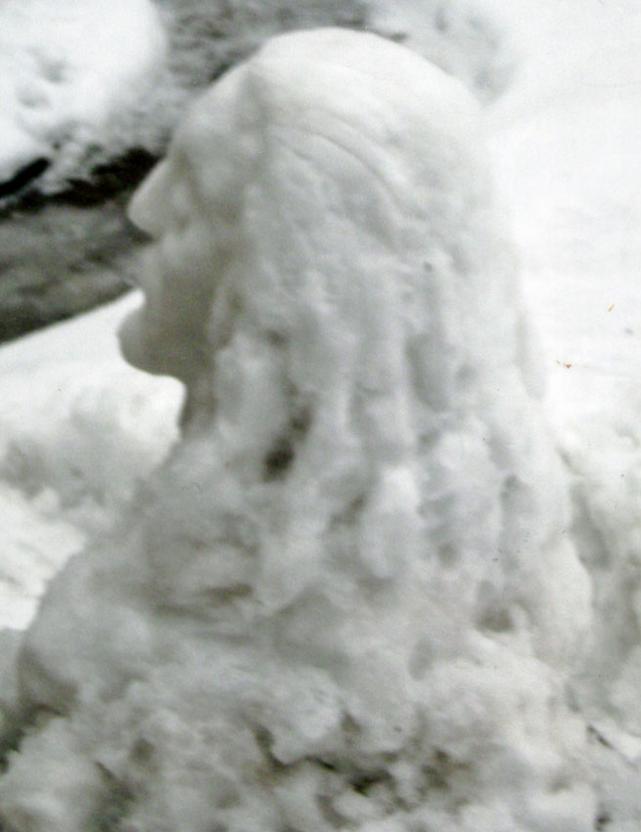
- Snowfall in ancient Israel, particularly the hill country, was more frequent than today.
- Jerusalem and Galilean regions likely saw annual light snow and occasional heavier snow.
- Jesus probably saw snow-capped Mount Hermon near Caesarea Philippi from a distance.
- Biblical texts mention snow often, indicating cultural and religious familiarity.
- The Gospels do not mention Jesus witnessing snow directly, leaving it uncertain.
Did Jesus Ever See Snow? Unwrapping the Icy Mystery of Ancient Israel
So, did Jesus ever see snow? The answer isn’t a simple yes or no, but the evidence leans toward a cautious probably. Let’s break it down with climate facts, geography, biblical references, and a bit of historical detective work. Grab a warm cup, because this isn’t your average weather report—it’s a journey into the snowy possibilities of ancient Israel.
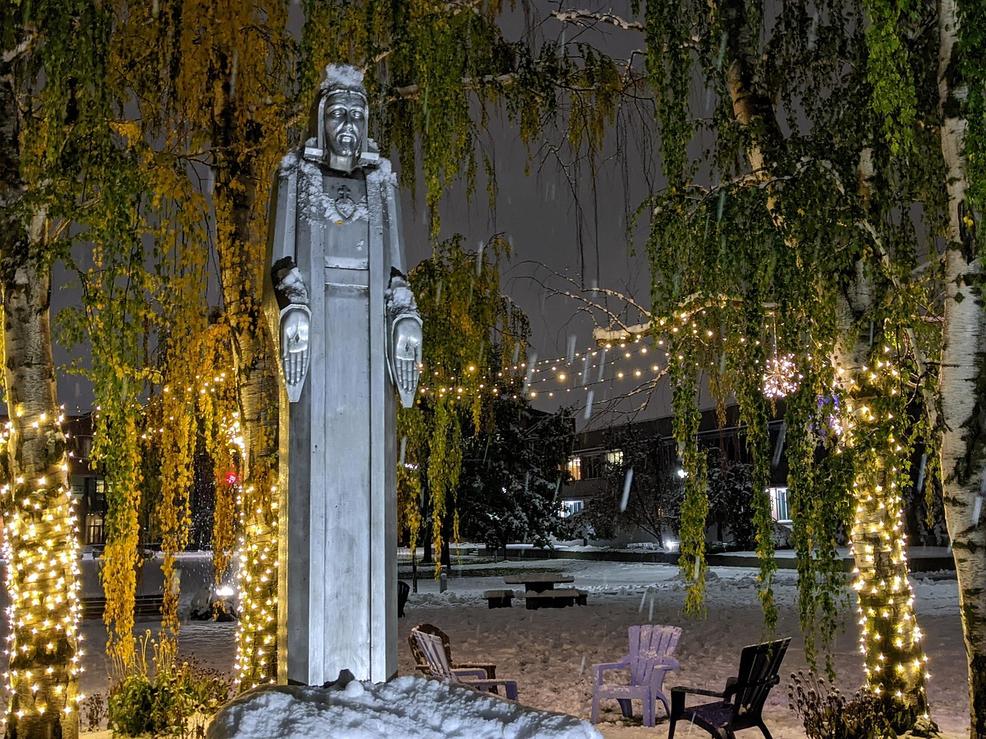
First off, when thinking of Israel, snow doesn’t usually pop into people’s heads. Israel is mostly sunny and dry, but that’s a modern view. Facts from today’s meteorology reveal snow in parts of Israel, just not everywhere. For instance, the coastal plains are majorly snow-free, and the Dead Sea region is so low and warm it’s never recorded snow. But then, there’s the high country—the central hill regions and places like Mount Hermon.
Snowfall in Modern Israel Gives Clues About Ancient Times
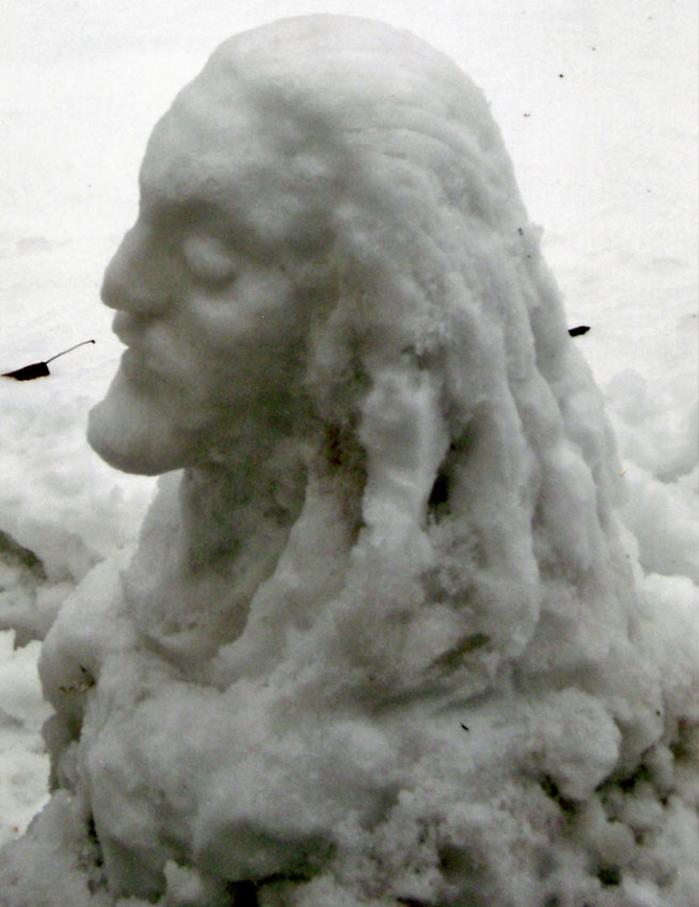
These days, Jerusalem—a significant city for Jesus as history tells—gets measurable snow only once or twice a decade, often just a dusting. In 2022, for example, it snowed a bit. But here’s a twist: during Jesus’s time, around 1 AD, the climate was cooler than today. Climatologists suggest temperatures then were near the pre-industrial average, cooler than the recent warming trends causing less frequent snow.
This implies that Jerusalem and the Galilean hill country, where Jesus grew up, likely saw snow almost every year back then, with some winters bringing significant accumulations. So it’s quite plausible Jesus experienced snowfall or at least saw snow caps on nearby hills frequently.
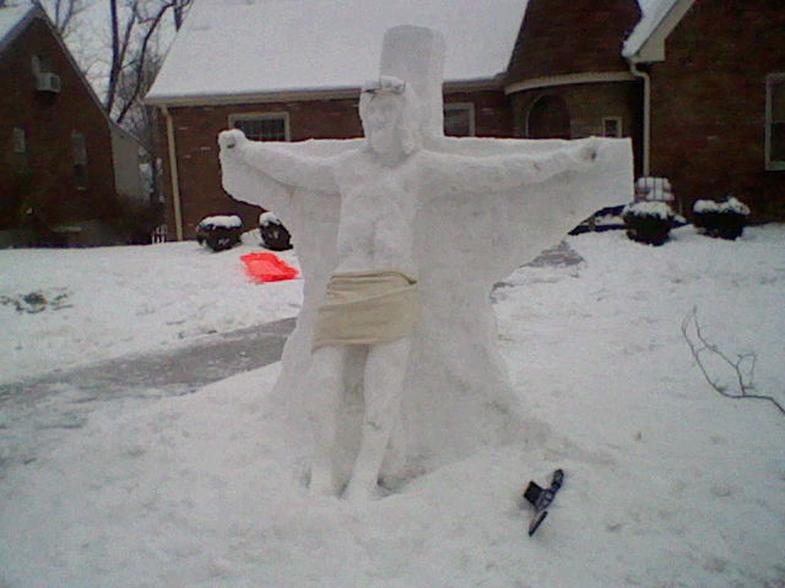
What Does the Bible Say About Snow? A Frosty Hint
The Bible, a rich tapestry of ancient Hebrew life, mentions snow 24 times. That’s not a casual number for a dry region! These references range from literal to poetic. For example, one story describes Benaiah killing a lion “in a time of snow,” showing the Hebrews knew snow first-hand. In poetic uses, snow often symbolizes purity and whiteness. The New Testament mentions snow three times, always metaphorically, like describing a robe as white as snow.
It’s interesting, however, that the Gospels—the primary accounts of Jesus’ life—are silent on snow. No clear story of a snowy day or a winter storm. Should we interpret this as evidence Jesus never saw snow? Not necessarily. Many parts of Jesus’ life remain a mystery, undocumented and unknown to us. Weather wasn’t the headline act for the Gospel writers, after all.
Geography and Jesus: The Places that Might Have Brought Him Near Snow
Knowing where Jesus traveled helps here. Jesus spent most of his life in Galilee and Judea, areas where snowfall was infrequent but not unheard of. The Dead Sea and coastal regions, where no snow falls, were scarcely places Jesus dwelled. Even his time in places like Caesarea Philippi—modern Banias near Mount Hermon—is compelling. Mount Hermon is well-known for its snow, sometimes deep enough to host modern ski resorts. While Jesus may not have ventured onto the mountain, its snow-capped peaks would have been a notable feature on the horizon, visible to him and locals.
Imagine Jesus standing in Caesarea Philippi, looking up at the snowy grandeur of Mount Hermon, the white blanket contrasting sharply with the lush valleys below. That scene feels like a postcard from history.
Snow, Stories, and Symbolism: Jesus’s Knowledge of Snow
Even if Jesus did not witness snow often, or it did not fall while he was in a particular place, he would have known about snow. The Tanakh (the Hebrew Bible) references snow frequently. Consider Exodus 4:6, where Moses’s skin is described as “white as snow.” Jesus, as a Jewish teacher, would have studied such texts extensively and understood these metaphors. Snow was a concept fully within his cultural and educational sphere.
After all, someone teaching religious truths needs to grasp common and poetic imagery alike. Snow, with its purity and stark whiteness, would have been a natural comparison in sermons and teachings—even if the local ground rarely received flakes.
But What About Direct Snowfall Experiences for Jesus?
Let’s play detective: if Jesus lived mostly in the Galilean hills and Jerusalem, both cooler back then than now, and these areas received yearly snows, what’s the chance he felt snowflakes on his face? Pretty high. Yearly dustings and occasional significant snowfalls make it highly probable Jesus encountered snow firsthand.
However, the Gospel absence of snow stories tempers this certainty. It’s possible that nothing remarkable happened to warrant a mention, or that snowy days were just part of everyday life, not worthy of narrative highlight.
Why Does It Matter If Jesus Saw Snow?
You might wonder why this question is worth exploring. Beyond curiosity, it humanizes history. We often picture ancient figures as distant or otherworldly, but considering whether Jesus saw snow links us with his world on a tangible, relatable level.
Imagine the surprise, the quiet joy a child might have when the first snow falls. If Jesus experienced this, perhaps early memories of snow influenced his perspectives on purity, transformation, and nature’s cycles.
Summing Up the Snowy Speculations
- Modern Israel’s snowfall is spotty and elevation-dependent, with Jerusalem seeing snow once or twice a decade now.
- Climate 2,000 years ago was cooler, so Jerusalem and Galilee likely had yearly snows and several winters with heavy snow.
- The Bible references snow out of both practicality and poetry, showing it was a known phenomenon.
- Jesus likely knew about snow culturally and educationally from Jewish scriptures.
- Jesus may have seen snow directly, especially given his time near Galilean hills and Jerusalem.
- No Gospel account mentions snowfall, leaving direct evidence missing but not disproving his exposure to snow.
- Jesus possibly saw snow-capped Mount Hermon from Caesarea Philippi, a known stop in his travels.
So, did Jesus ever see snow? Maybe from a distance, maybe twirling flakes that kissed his face. The proofs are circumstantial but strong enough to warm the heart of any snowy skeptic.
Next time you see snow, imagine it as a bridge spanning millennia—a gentle reminder that even ancient lives shared moments much like our own. And who knows? Perhaps Jesus smiled at snowflakes, too.
Did Jesus likely see snow during his lifetime?
Given the cooler climate back then and where Jesus lived, it is very likely he saw snow. Jerusalem and Galilee had yearly snowfalls with significant snow every few years.
Is there any mention of Jesus seeing snow in the Gospels?
The Gospels do not mention Jesus seeing snow. Most of his life is not detailed, so it’s possible he saw snow but it wasn’t recorded.
Could Jesus have seen snow on Mount Hermon?
Jesus visited Caesarea Philippi near Mount Hermon, a snow-capped mountain. He likely saw snow from a distance there.
Was Jesus familiar with snow even if he never saw it?
Yes. Snow is mentioned in the Jewish scriptures Jesus studied. He understood it as a symbol, often linked to purity and whiteness.
Did the climate during Jesus’s time support frequent snowfall?
The climate around 1 AD was cooler than today. Snow was more common in Judea and Galilee than now, making annual or regular snowfalls more likely.
